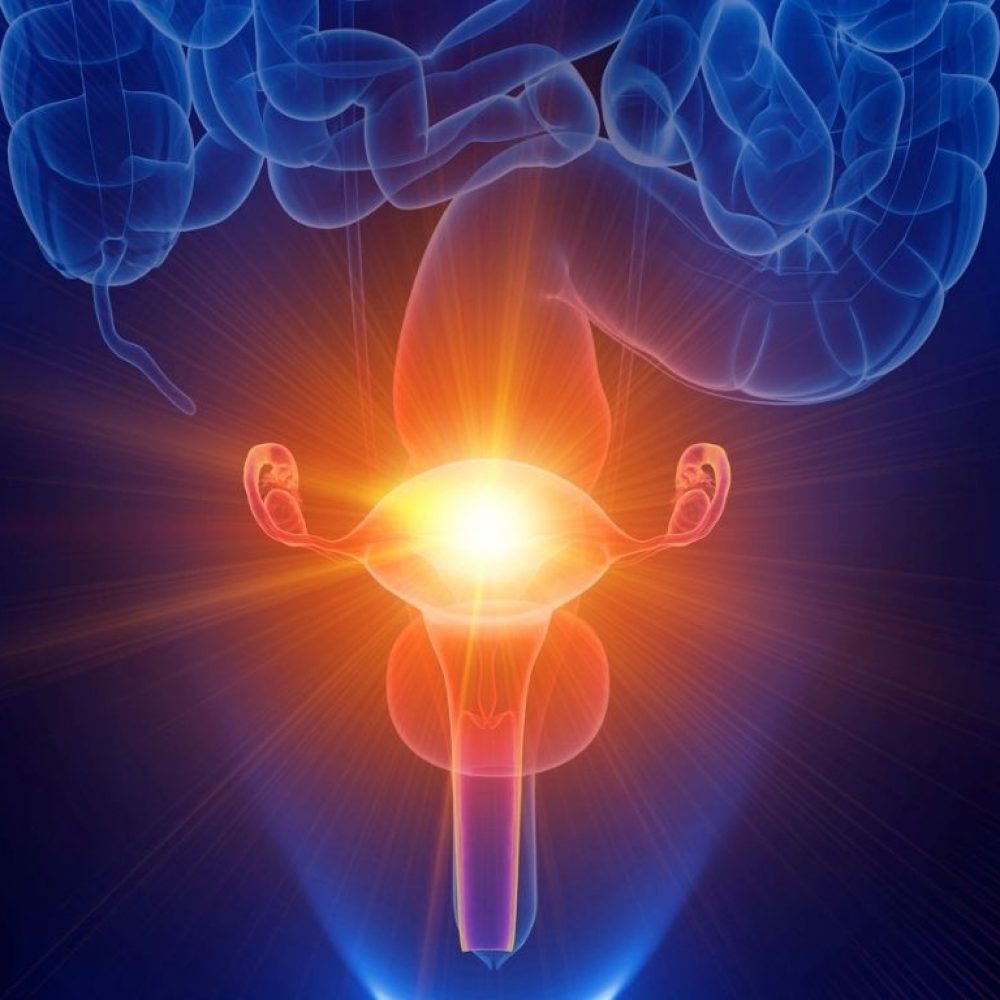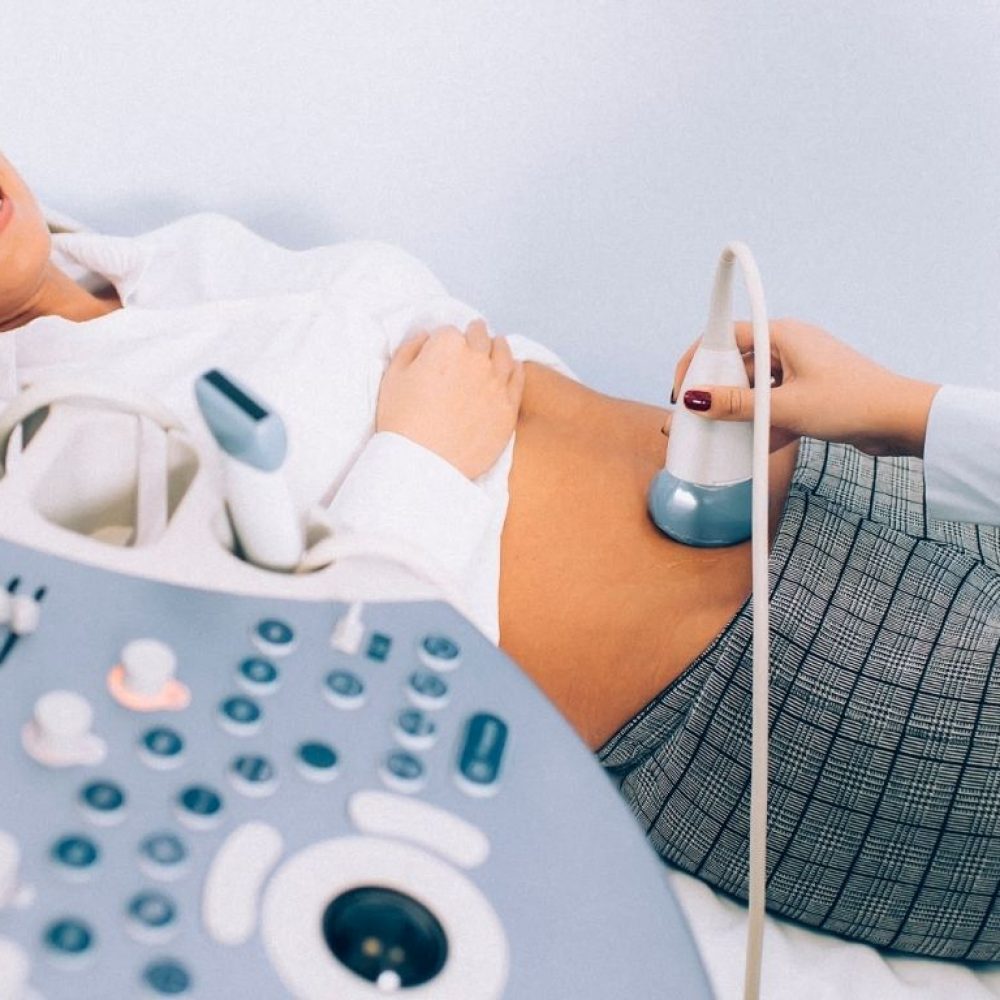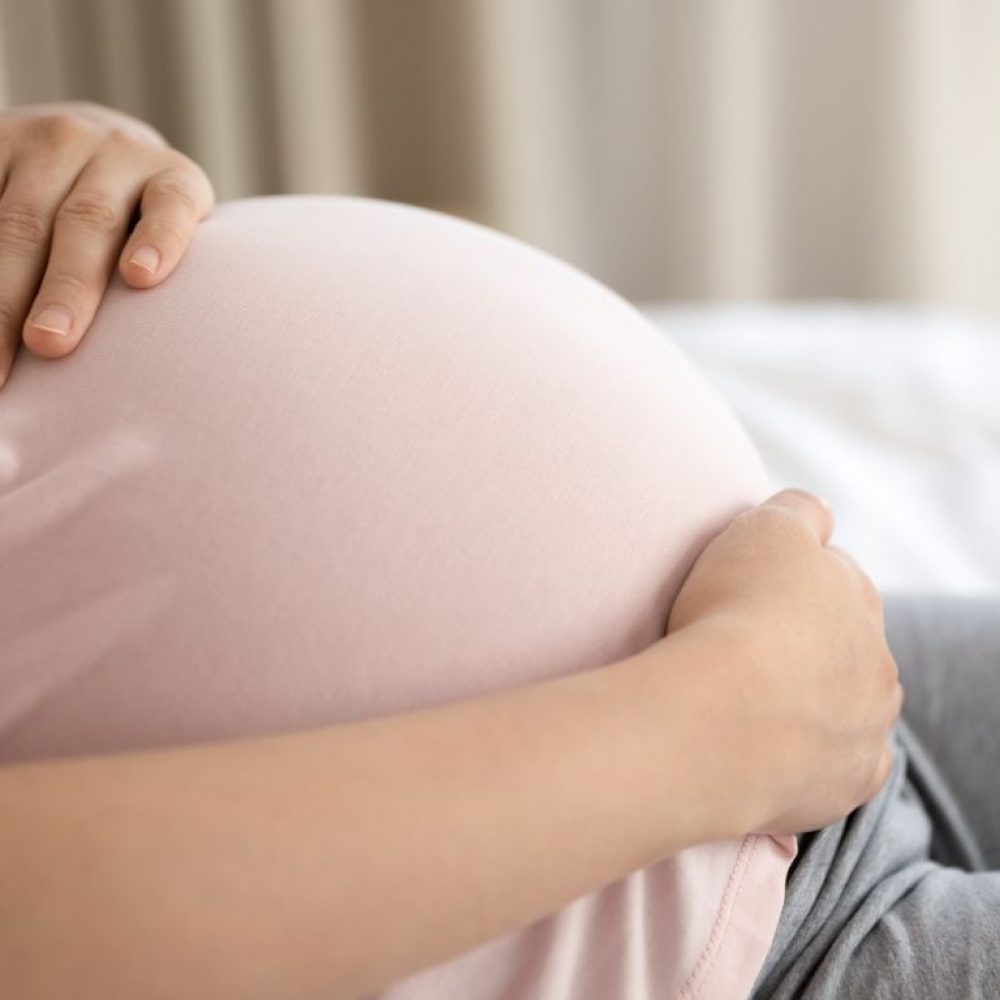Female studies
The main causes of female infertility
To determine the cause of female infertility, an examination is conducted to determine whether the eggs are mature and are being released from the ovaries, whether the fallopian tubes are permeable and whether the uterine lining is normal. The presence of sexually transmitted diseases must also be ruled out. However, in about 10% of cases, a woman’s infertility is due to the presence of endometriosis in the pelvis.





